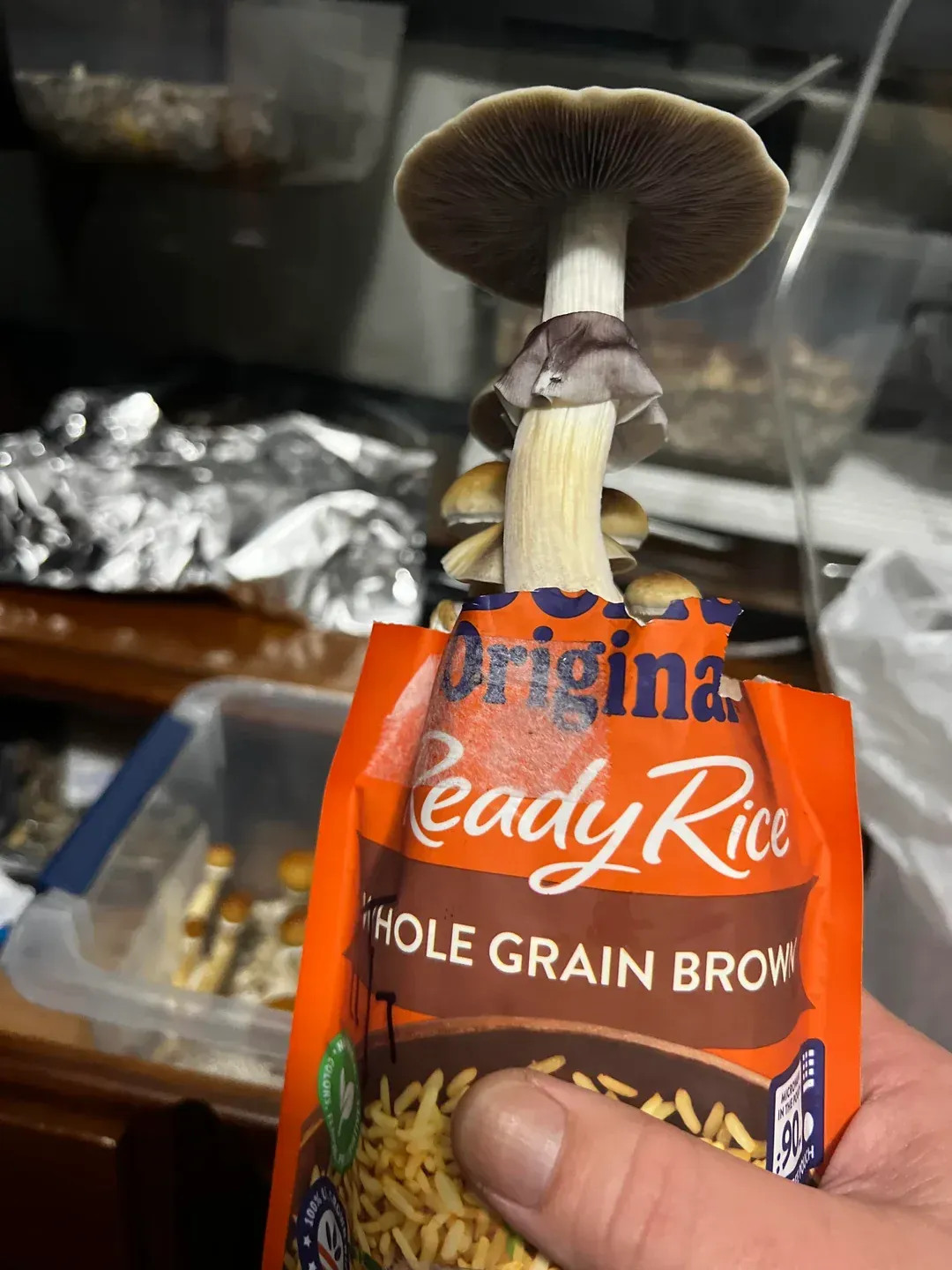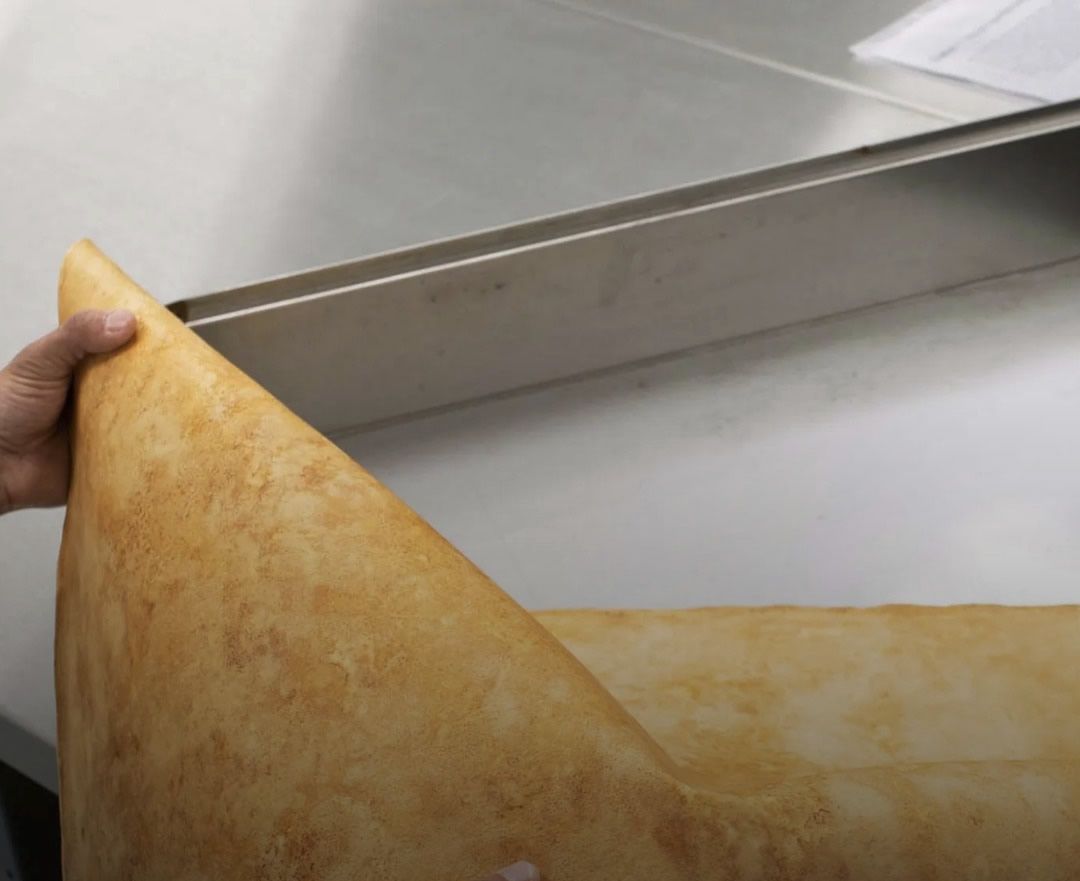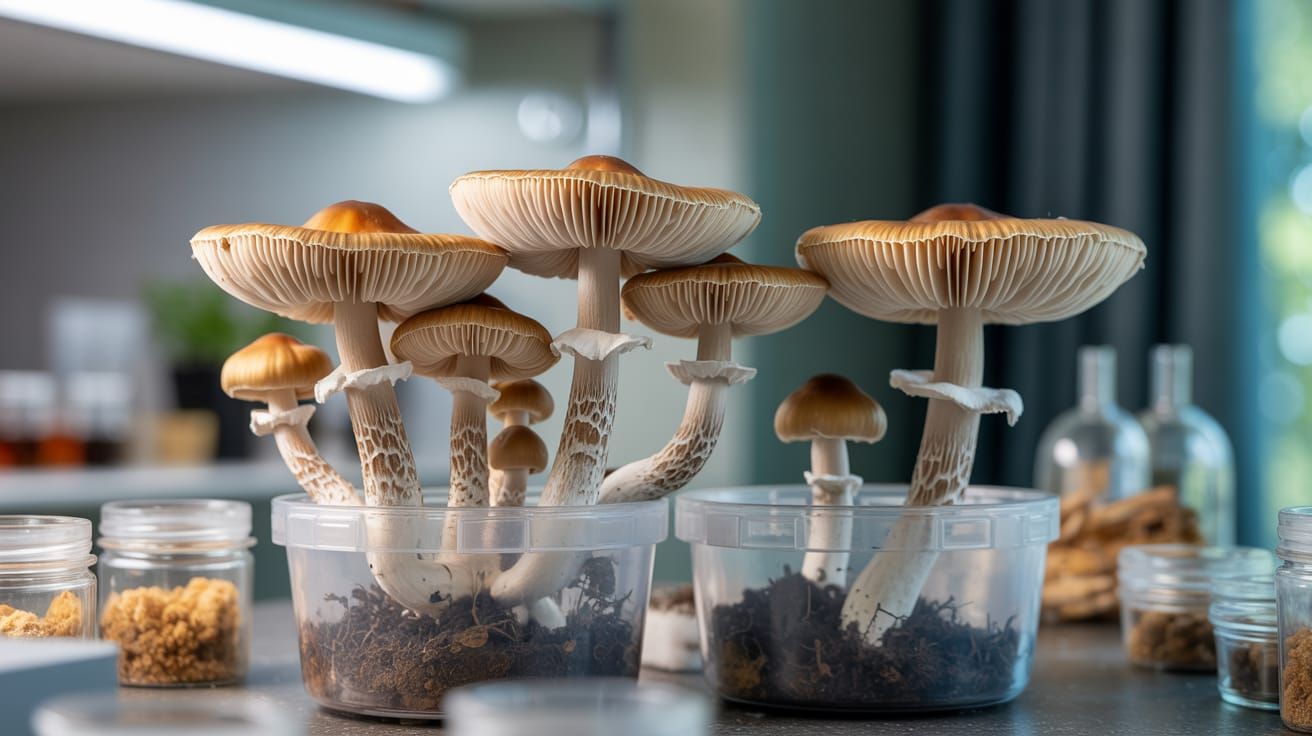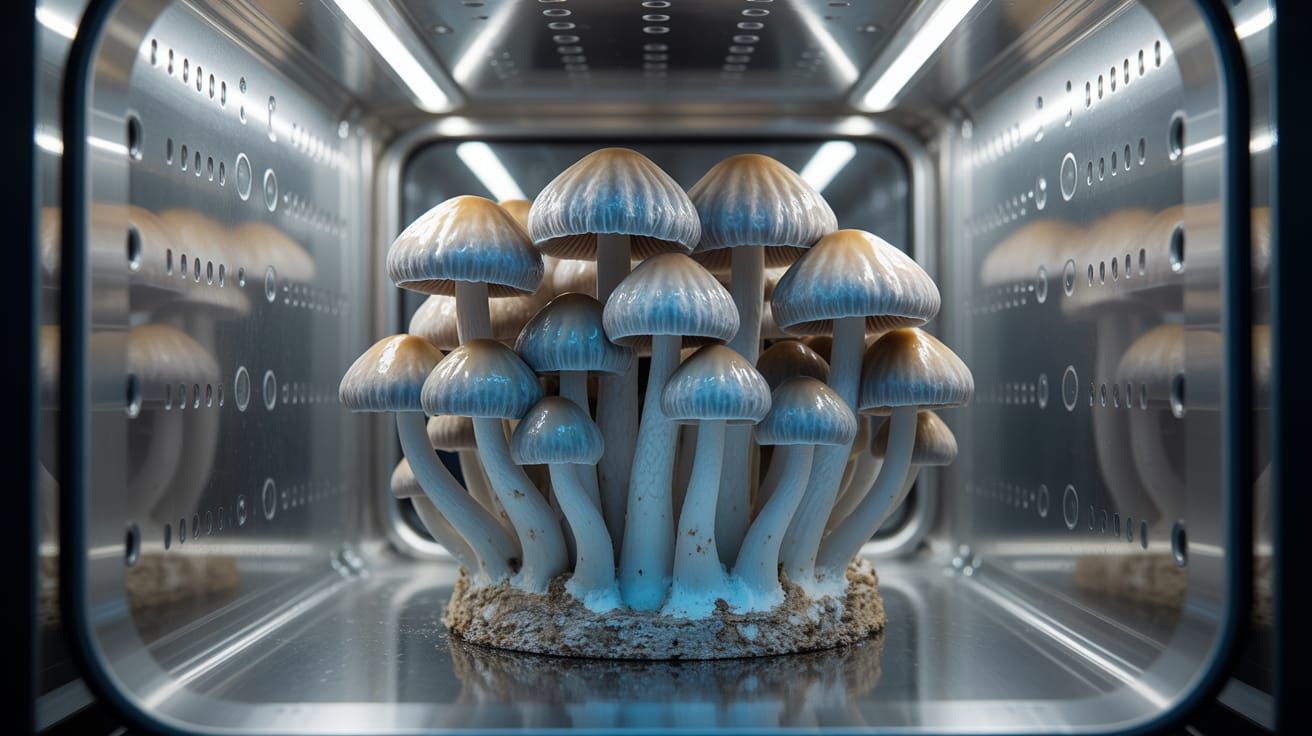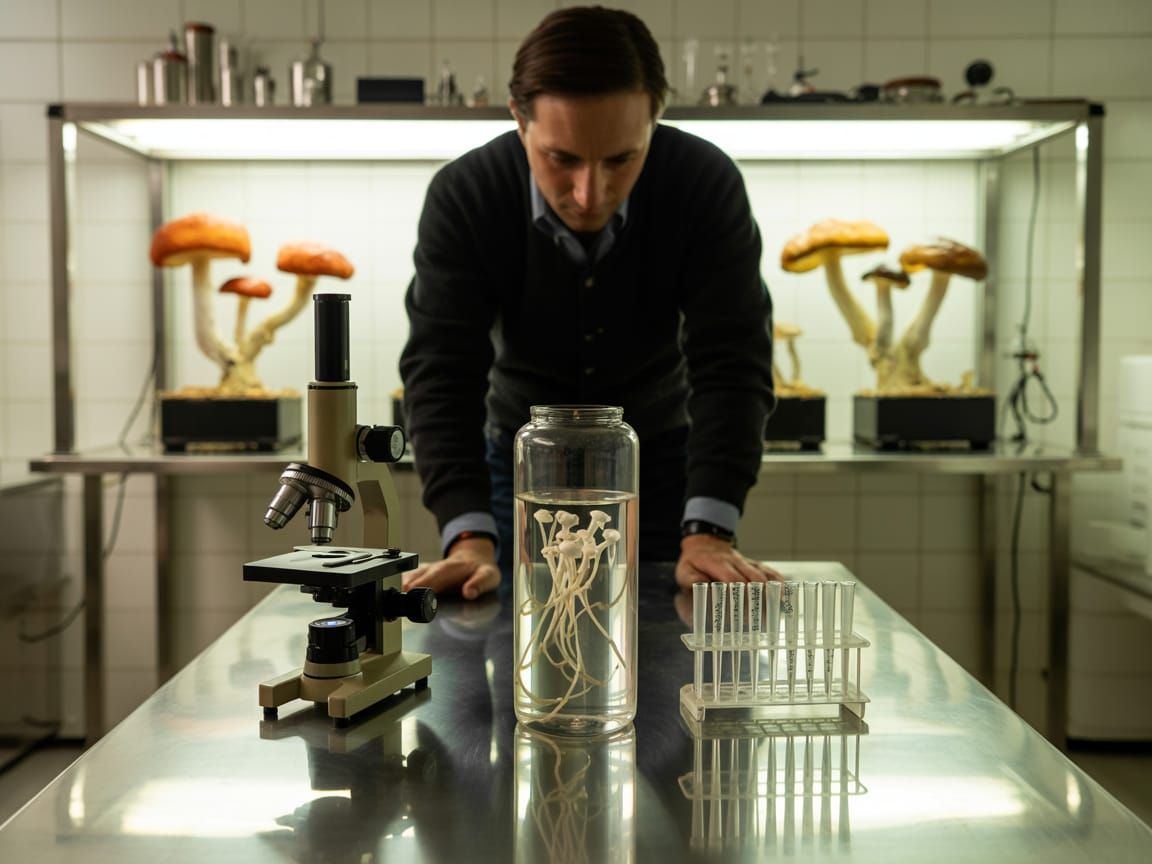So you want to use Uncle Ben's Tek?
Uncle Ben's Tek: A Homegrown Guide for growing Cubes
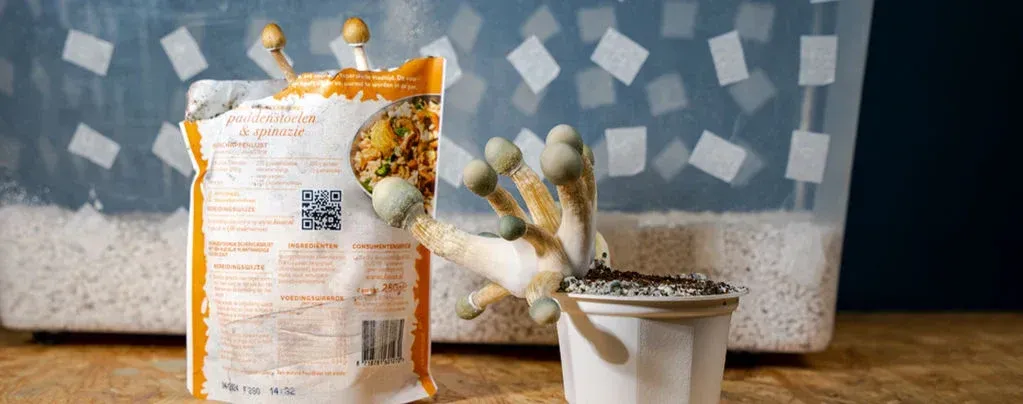
I know Uncle Ben Tek has its fair share of skeptics in the mycology community. Some folks might even mock the simplicity of it, especially when compared to the more advanced methods involving pressure cookers and flowhoods. But let’s be honest—how many times have you seen those same people tossing out pints, quarts, or even entire tubs due to contamination, despite all their fancy gear?
For me, this method works. Each bag costs me about $1.25, and with a single liquid culture (LC) syringe, which you can pick up for around $35 from InfinityLC.cc (use code: genetix for a discount), I can easily inoculate 20 bags. Sure, about 4 of those might end up in the garden due to contamination, but the overall yield is still well worth the investment. Plus, not everyone has the budget, space, or living situation to accommodate the high-tech setups. This Tek fits my lifestyle perfectly, and it might just fit yours too. Over time, I’ve picked up a few tricks to make this method even more reliable. If you’re looking to try your hand at cultivating cubensis mushrooms at home using this low-cost technique, here’s what I’ve learned.
1. Choosing the Right Rice
Despite the name, I don't actually recommend using Uncle Ben’s Ready Rice. Through trial and error, I’ve found it to be consistently too wet, which can lead to contamination. Instead, I go for Dollar Tree’s brown rice. It’s dry enough to give you a better success rate and, at a buck a bag, it’s a cost-effective alternative.
2. Check the Expiration Date
This might seem like a minor detail, but it’s important. Always check the expiration date on the rice bags. The further out the date, the better. Fresher rice is less likely to have any hidden contaminants and will hydrate better during inoculation.
3. Use the Right Amount of Liquid Culture
One of the biggest mistakes people make with this Tek is using too much LC. I recommend using just 0.5 ml of a 10 ml syringe per bag. With that, you can stretch a single syringe to inoculate 20 bags. Over-saturating the rice with LC adds unnecessary moisture, which can lead to bacterial growth and rot. Less is more here.
4. Proper Gas Exchange
For gas exchange, I cut a small slit in the bag and tape it over with 3M micropore tape. This allows the mycelium to breathe without letting in contaminants. It’s a small but critical step that can make a big difference in your success rate.
5. Inoculate Carefully
When you inject the LC, avoid stabbing the needle directly into the rice. Instead, gently pull the bag away from the rice and inject the LC under the plastic. This reduces the risk of cross-contamination. I’ve found that when the needle gets clogged with rice, even if you sterilize it with a torch, it doesn’t always fully eliminate contaminants. Being gentle here can save you a lot of trouble later on.
6. Shake After Inoculation
Once all your bags are inoculated, give them a good break and shake. But wait until after you’ve taped over the gas exchange slits and injected the LC. This helps break up the rice and spread the LC evenly throughout the bag, giving the mycelium the best possible start.
7. Monitor Growth Stages
After inoculation, I lay the bags on their sides until the mycelium has colonized about 25% of the rice. At that point, I stand them upright. When they reach 50%, I break and shake again to distribute the colonized grains and check for any hidden contamination. Finally, when the bags are fully colonized at 100%, I give them one last shake to ensure even growth and prepare them for bulk substrate.
8. Going to Bulk
Once the bags are 100% colonized, it’s time to send them to bulk. This is where you mix your colonized spawn with a nutrient-rich bulk substrate like coco coir or manure. From here, it’s all about patience as the mycelium takes over the substrate and begins to fruit.
I’m not claiming to be an expert, but for a small-scale grower like myself, this method has proven to be reliable and effective. I’m producing enough for my personal needs without the need for expensive equipment or large amounts of space. If you’re just starting out or looking for a low-cost, low-tech way to cultivate cubensis mushrooms, this Tek might be just what you need.
If you’re in the market for high-quality spores to try with this Tek, check out Spores101.co. They offer a wide range of spore syringes that work great with this method. And for your liquid culture needs, InfinityLC.cc has you covered with reliable options that are perfect for beginners and experienced cultivators alike.


